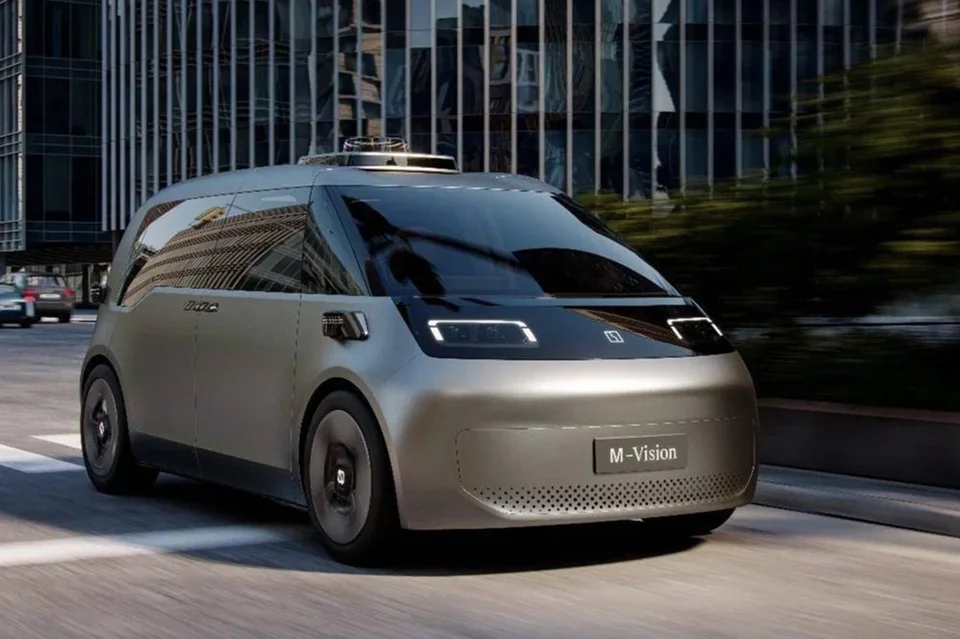
The prospects of transportation are envisioned in elegant, self-sufficient designs: autonomous taxis navigating urban thoroughfares, alleviating congestion issues and heralding a new epoch of convenience. However, beneath the polished surface of technological progress resides a multifaceted and frequently disregarded inquiry: How will robotaxi enterprises genuinely generate profit?
Although the storyline emphasizes the potential of operator-free efficiency and diminished labor expenses, the truth is significantly more intricate. The shift from human-operated rideshare services to fleet-managed robotaxis presents an entirely new array of financial obstacles, ones that professionals within the sector are starting to recognize, although discreetly.
The Deceptive Guarantee of Easy Savings:
The appeal of abolishing driver wages is a primary marketing advantage. However, let us analyze that assurance. Those savings are swiftly consumed by a variety of new, substantial costs:

Robotaxis involve high costs beyond just the vehicles: tech, infrastructure, software, and depreciation
- The Enormous Expense of Autonomy: Autonomous vehicles are not your typical automobiles. The state-of-the-art technology, encompassing sensors, processors, and artificial intelligence software, carries a significant financial burden. Furthermore, this technology necessitates continual updates and maintenance, contributing to the ongoing expenditures.
- Establishing the Essential Infrastructure: Robotaxis requires a comprehensive support infrastructure. This encompasses charging stations, cleaning facilities, and specialized service centers. Constructing and sustaining this infrastructure demands considerable investment.
- The Burden of Software Development: The software that operates these vehicles is highly intricate. Developing, enhancing, and maintaining it is an ongoing, resource-intensive endeavor.
- The Depreciating Asset Quandary: As Uber CEO Dara Khosrowshahi has noted, robotaxis represent “fixed depreciating assets. ” This implies that businesses encounter the dilemma of either managing an underutilized network (if supply is designed for peak demand) or an unreliable network during peak times (if supply is configured for anything less than peak).
The Erratic Character of Demand:
Ride-sharing demand is famously inconsistent. Rush hour spikes, weekend highs, and unforeseen occurrences can result in substantial variations in demand. How can you enhance a robotaxi fleet to accommodate these changes without incurring substantial idle periods?
Assembling a fleet sufficiently large to manage peak demand results in considerable underuse during off-peak times, causing financial setbacks. Conversely, constructing a smaller fleet leads to unreliable service during peak periods, disappointing customers and harming brand reputation.
The Disconnection Between Users and Revenue:
A vital, yet frequently unaddressed, concern is the endeavor to separate the user from revenue generation. In contemporary ride-sharing frameworks, drivers are critical users who produce income. Likewise, in social media, content creators are the users who foster engagement and revenue. Robotaxi firms aspire to regard riders solely as customers, striving to enhance profits. This represents a precarious economic model.

Navigating the Regulatory and Liability Maze:
The regulatory environment for autonomous vehicles is still progressing. Legislation is gradually aligning with the technology, and liability in the event of accidents continues to be a considerable legal and financial issue. A single significant accident could result in catastrophic financial repercussions for a robotaxi entity.
Advancing Beyond the Hype:
The robotaxi transformation possesses significant potential, yet it is essential to transcend the hype and confront the underlying economic obstacles. We must inquire:
- How will robotaxi enterprises attain enduring profitability in the long term?
- How will they proficiently handle demand variations and enhance fleet efficiency?
- How will they address the issue of the disconnection between users and revenue?
- How will they navigate the intricate and evolving regulatory framework?
Until we obtain definitive answers to these inquiries, the robotaxi revenue framework remains an enigma. It is time to engage in a more candid and transparent dialogue concerning the economic realities of this revolutionary technology.
